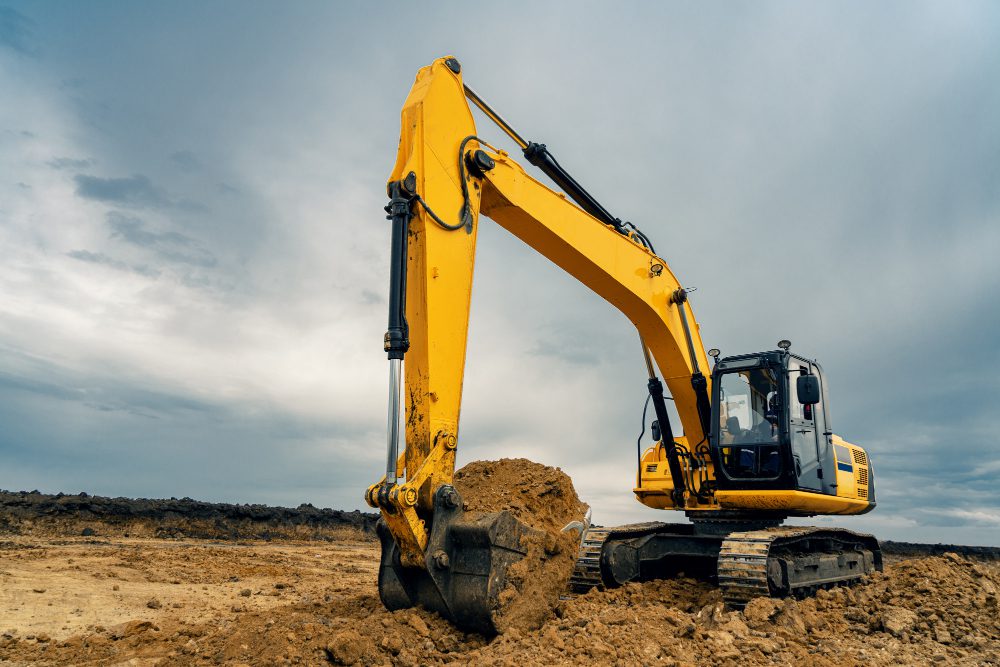In the UK, construction workers and professionals often encounter the question: “Which CSCS card do I need?“. It’s essential to understand the role and importance of the Construction Skills Certification Scheme (CSCS) card and its relevance in the industry.
A Brief Overview of CSCS
The Construction Skills Certification Scheme (CSCS) is a UK initiative to enhance on-site safety and affirm that individuals working in construction roles possess the requisite skills and training. Possessing a valid CSCS card acts as evidence that a worker has the needed qualifications for their job role.
The CSCS card is not just a piece of plastic; it’s a testament to one’s professional competence and commitment to site safety.
The CSCS (Construction Skills Certification Scheme) card you require depends on your occupation and qualifications in the UK construction industry. Here’s a brief overview of the different types of CSCS cards and for whom they are intended:
- Green Card (Labourer Card):
- For those working in construction-related occupations but not possessing any skilled trade.
- Requires passing the CITB Health, Safety & Environment (HS&E) test and completing either the QCF Level 1/SCQF Level 4 Award in Health and Safety in a Construction Environment or the Site Safety Plus Health and Safety Awareness Course.
- Red Card (Trainee Card):
- For trainees registered for qualifications but have not yet completed them.
- Requires passing the appropriate CITB HS&E test.
- Red Card (Apprentice Card):
- For registered apprentices.
- Apprenticeships schemes automatically incorporate the necessary CITB HS&E test.
- Red Card (Experienced Worker Card):
- For workers with a minimum of 1 year’s experience in the last 3 years.
- Requires passing the CITB HS&E test.
- Blue Card (Skilled Worker Card):
- For those who have achieved a NVQ or SVQ level 2 or have completed an employer-sponsored apprenticeship.
- Requires passing the CITB HS&E test.
- Gold Card (Advanced Craft/Supervisory Card):
- For those who have achieved a NVQ or SVQ level 3, or have completed an advanced craft apprenticeship.
- Requires passing the appropriate CITB HS&E test.
- Black Card (Manager Card):
- For those who have achieved a NVQ or SVQ level 5, 6 or 7, or have a degree-level qualification in a construction-related subject.
- Requires passing the Managers and Professionals CITB HS&E test.
- White Card (Professionally Qualified Person Card or Academically Qualified Person Card):
- For members of CSCS-approved professional bodies or those with certain academic qualifications.
- Requires passing the Managers and Professionals CITB HS&E test.
- Yellow/White Card (Visitor Card):
- For visitors who do not perform any construction tasks but need access to sites.
- No qualifications needed but holders are not allowed to perform any construction-related tasks.
The best way to determine the appropriate card is by considering your role, qualifications, and experience. If you’re unsure, it may be helpful to consult with your employer, a CSCS representative, or the CSCS official website for the latest and detailed requirements. Remember, over time the requirements and available cards may change, so always refer to the official CSCS sources for the most up-to-date information.
What is the best CSCS card?
The term “best” in relation to CSCS cards can be misleading. The right card for an individual depends entirely on their specific role, qualifications, and experience. However, each card serves a particular purpose and has its own set of requirements.
- Green Card: For labourers who have passed the Health, Safety and Environment test.
- Blue Card: For skilled workers with an NVQ level 2 qualification or its equivalent.
- Gold Card: For advanced craft or supervisory roles, typically requiring an NVQ level 3 qualification.
- Black Card: For managerial roles, often demanding an NVQ level 5 qualification.
- Red Card: A provisional card for those who are still in training or are awaiting assessment.
To determine the “best” card for you, it’s crucial to evaluate your current qualifications, work role, and long-term aspirations in the construction sector.
What is the highest color CSCS card?
The Black Card is generally considered the highest-tier CSCS card. Aimed at managerial roles, this card signifies a high level of expertise and leadership within the construction industry.
Why is the Black Card Considered the Highest?
The CSCS Black Card demands an advanced qualification level, often NVQ level 5. Moreover, it encompasses responsibilities that are broader and more strategic compared to other roles. Here’s a glance at what it signifies:
- Advanced knowledge in construction processes and site management.
- Strategic planning and project oversight.
- Capability to manage diverse teams and ensure site safety compliance.
- Proficiency in financial planning and resource allocation for construction projects.
How to Obtain the Black Card?
Earning a Black Card requires a combination of experience, formal education, and specific qualifications. A typical pathway includes:
- Accumulating significant experience in a managerial role.
- Completing an NVQ level 5 qualification or its equivalent.
- Successfully passing the CSCS Managerial and Professional Health, Safety and Environment test.
Conclusion
Whether you’re a newcomer to the construction industry or a seasoned professional, having the appropriate CSCS card is pivotal. It not only affirms your qualifications and skills but also illustrates your commitment to maintaining safety and professionalism on the construction site. To discern which card is most apt for you, assess your current role, experience, and aspirations, and align them with the specific card requirements.


